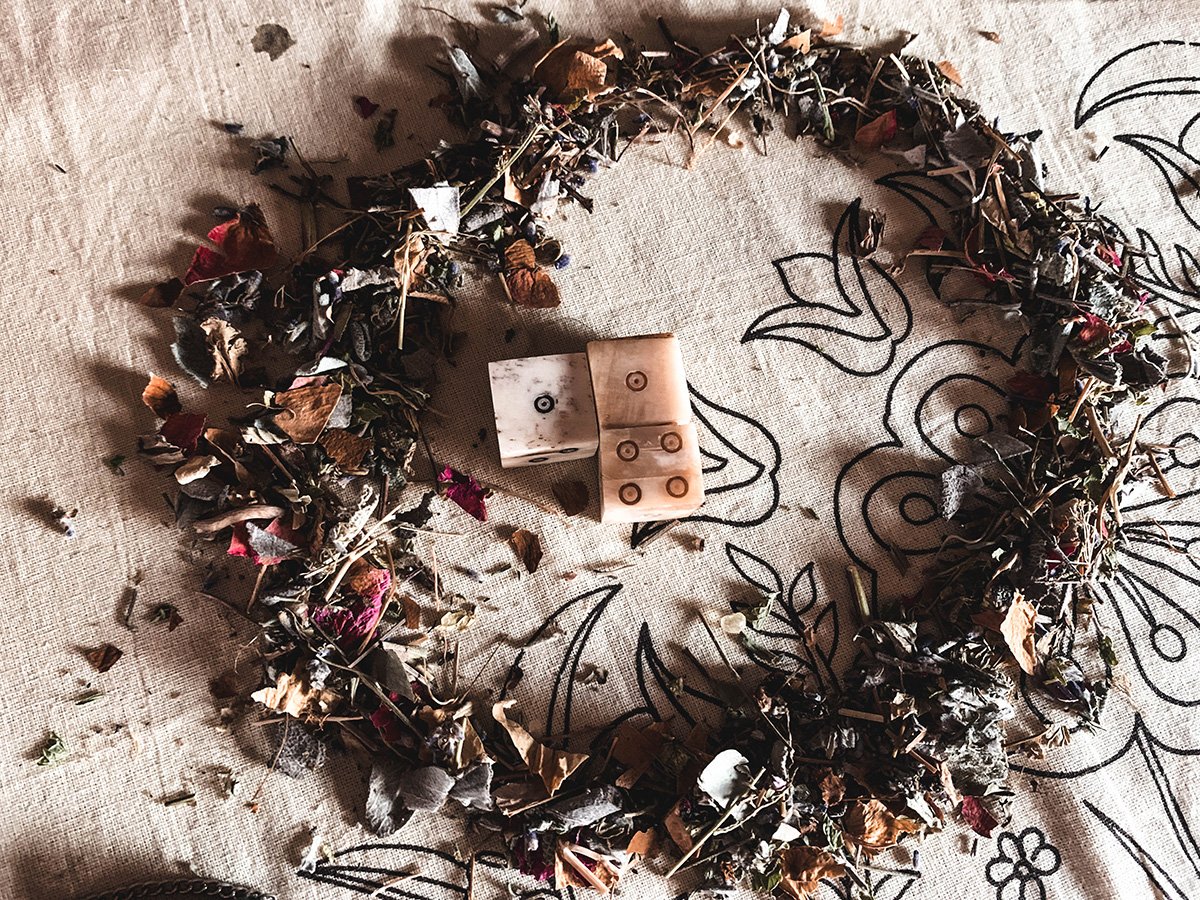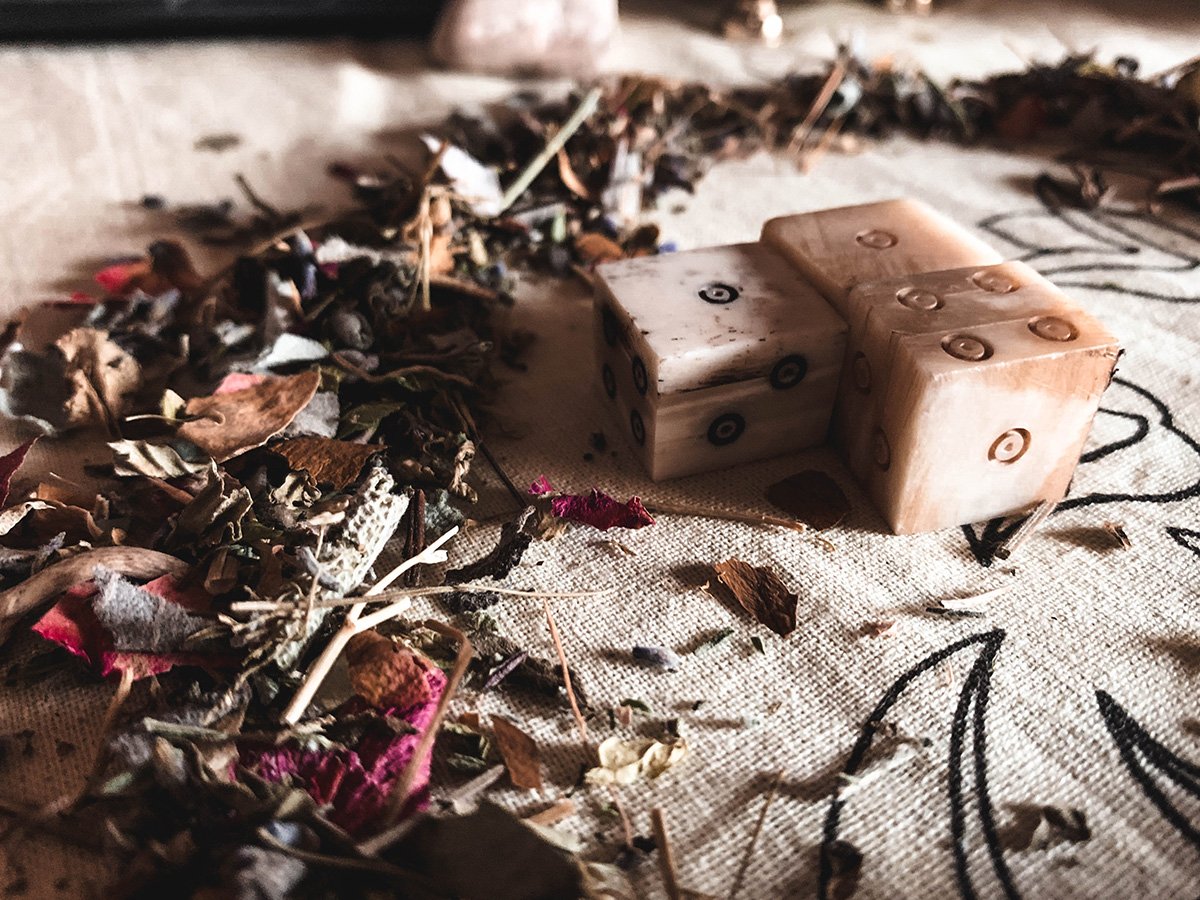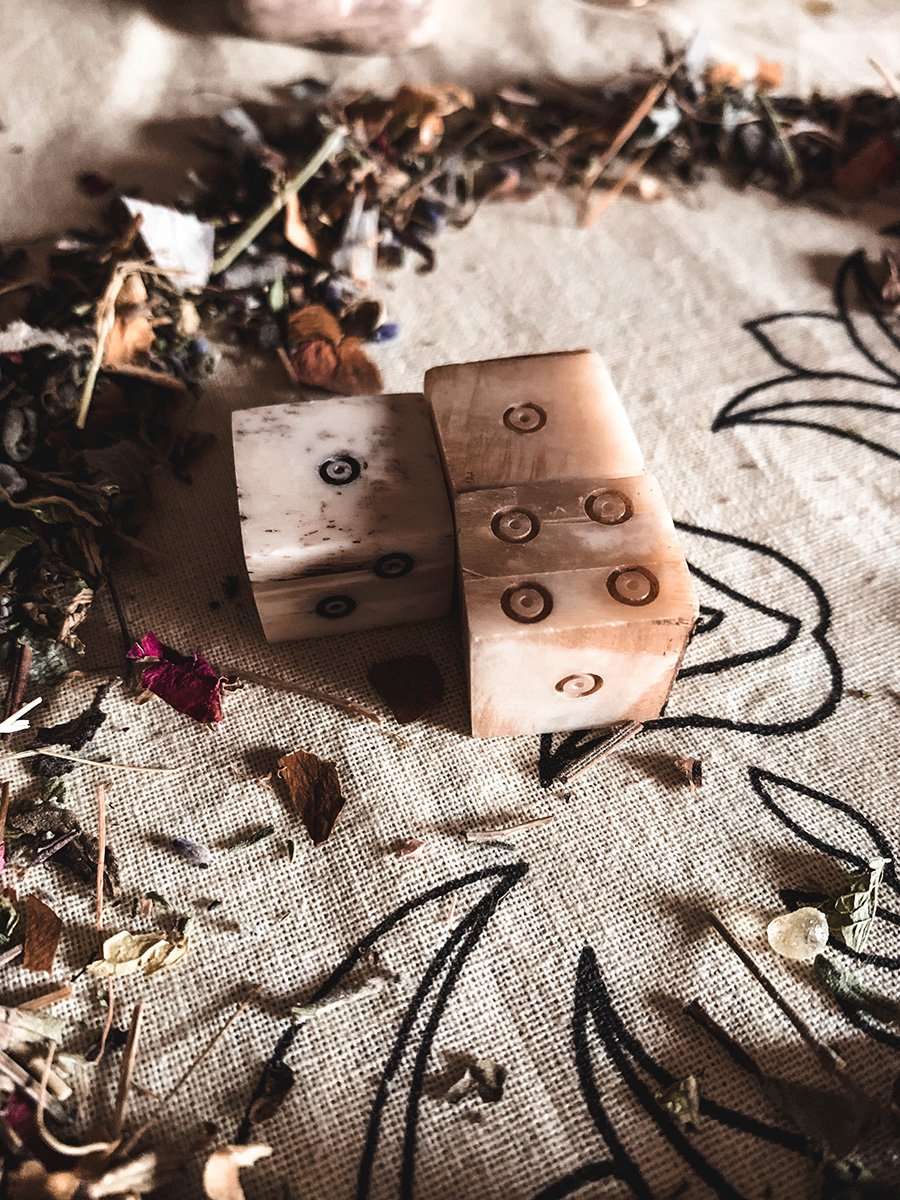The Ancient Practice of Dice Divination: History, Methods, and Meanings Explained
The Origins of Dice and Their Mystical Uses
Dice divination, a fascinating and ancient method of fortune-telling, has been used by various cultures throughout history. Whether you’re interested in the mystical art of divination or simply curious about the origins of dice, this guide will walk you through everything you need to know about this age-old practice. From its historical roots to modern methods, discover how the roll of a die can uncover the mysteries of the future.
The Origins of Dice and Their Mystical Uses
Dice have been a part of human culture for thousands of years, not only as a tool for games but also as instruments of divination. The earliest known six-sided dice date back over 4,000 years to Egyptian tombs. But the history of dice stretches even further back, to ancient Sumer over 5,000 years ago, where the Sumerians used the knucklebones of sheep for similar purposes.
Dice have also been found in ancient Persia, dating back around 3,000 years. These early Persian dice were made of pure ivory, featuring black dots that resemble modern dice. The dual use of dice for gaming and divination is evident throughout history, reflecting their deep connection to fate and fortune.
Understanding Astragalomancy and Cleromancy
Dice divination is part of a broader category of practices known as cleromancy. Cleromancy involves divination by casting lots, bones, runes, or dice. The specific practice of divination with dice is known as astragalomancy within cleromancy.
What is Astragalomancy?
Astragalomancy, derived from the Greek word “astragalos” meaning "dice" or "knucklebone," is the art of divination by throwing dice. Practitioners interpret the results based on the numbers or symbols that appear after a roll.
What is Cleromancy?
Cleromancy, on the other hand, is a broader term that encompasses any form of divination through casting lots, bones, or other small objects. Dice are just one of the tools used in this ancient practice.
The Dice Circle Technique
Dice Divination: Methods and Techniques
There are many approaches to dice divination, each with its own nuances and traditions. Here’s a look at some of the most common methods used by modern practitioners.
Using 6-sided Dice in Divination
Most dice divination practices use standard six-sided dice. Depending on the method, you might use one die or several. Some techniques involve repeated rolls, while others might require rolling the dice within a circle or casting them with specific rituals in mind.
The Dice Circle Technique
A popular method of dice divination involves using a small circle, typically around 9 inches in diameter, as a target for the dice. The reader shakes and throws the dice with closed eyes, interpreting the results based on where the dice land. If any dice roll outside the circle, they are ignored, which can add an element of chance and alter the interpretation.
Some practitioners believe that using a circle introduces a physical skill element, while others appreciate the added randomness and variability it brings to the reading.
Tools for Dice Divination
Optional tools for dice divination can enhance the ritual. For example, a dice cup can be used to shake and throw the dice. These cups are often made from materials like wood, plastic, or leather and may be decorated with runes or symbols to add spiritual significance.
Interpreting Dice Rolls
Interpreting Dice Rolls: Meanings from 1 to 18
Understanding the meanings behind dice rolls is essential to dice divination. Here’s a guide to what each number might signify when using three six-sided dice.
Dice roll: 1 – Tension or family strife, possibly indicating romantic troubles or a period of solitude.
Dice roll: 2 – Duplicity or hidden truths. Caution is advised; appearances may deceive.
Dice roll: 3 – A fortunate roll, signaling good luck or a positive change.
Dice roll: 4 – A temporary setback or obstacle that may delay progress.
Dice roll: 5 – A positive sign of new beginnings, such as new information or a helpful person entering your life.
Dice roll: 6 – Potential misfortune, usually affecting someone close to you.
Dice roll: 7 – Trouble or conflict, possibly involving gossip, scandals, or legal issues.
Dice roll: 8 – Stability and a call for patience. Avoid hasty decisions.
Dice roll: 9 – Passion and romance. A new relationship or a rekindling of love may be on the horizon.
Dice roll: 10 – Creative energy and new opportunities. Could also indicate a birth or pregnancy.
Dice roll: 11 – Setbacks, particularly in relationships or health. A reminder to focus on resilience.
Dice roll: 12 – Good news, often from official sources like employers or institutions.
Dice roll: 13 – Internal struggles, such as depression or stress, but also a reminder of inner strength.
Dice roll: 14 – Social gatherings or reunions that bring happiness or opportunity.
Dice roll: 15 – Rapid changes in friendships or alliances, with both risks and opportunities.
Dice roll: 16 – Travel, either short or long distance, that is worth taking.
Dice roll: 17 – A shift in opinions or emotions, with outcomes depending on empathy and awareness.
Dice roll: 18 – Success and the achievement of goals, signaling that past efforts will pay off.
Yes or No Dice Divination: Simple and Effective
For simple yes or no questions, dice divination offers a straightforward method:
Odd numbers mean “No.”
Even numbers mean “Yes.”
A double or matching result from multiple dice, or any dice landing outside a circle, indicates a “Maybe.”
Exploring Special Dice Divination Sets
6-sided bone dice
For those looking to deepen their practice, special divination dice sets are available. These may include dice featuring astrological symbols, runes, or even tarot suits. Each set brings its own unique flavor to the art of dice divination.
Tibetan Divination Dice (Mo)
Tibetan Mo dice combine Buddhism with regional mysticism, offering a rich tradition of predictive methods. These dice are used to make decisions and predict the future, guided by centuries of Buddhist teachings.
Divination with Polyhedral Dice
Beyond the traditional six-sided dice, polyhedral dice used in tabletop gaming can also be adapted for divination. The meanings listed above can apply to rolls made with 10-sided or 20-sided dice, allowing for even more nuanced interpretations.
Embracing the Ancient Art of Dice Divination
Dice divination is more than just a way to predict the future; it's a bridge connecting us to the past, a tool that has been used by countless cultures to explore the unknown. Whether you're a seasoned practitioner or a curious beginner, understanding the history, methods, and meanings of dice divination can add a new dimension to your spiritual practice.
Embrace the roll of the dice and discover what the universe has in store for you.




